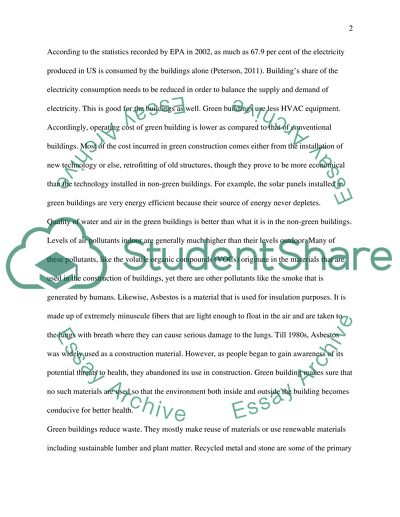Cite this document
(“Green buildings Essay Example | Topics and Well Written Essays - 1500 words”, n.d.)
Retrieved from https://studentshare.org/environmental-studies/1422608-green-buildings
Retrieved from https://studentshare.org/environmental-studies/1422608-green-buildings
(Green Buildings Essay Example | Topics and Well Written Essays - 1500 Words)
https://studentshare.org/environmental-studies/1422608-green-buildings.
https://studentshare.org/environmental-studies/1422608-green-buildings.
“Green Buildings Essay Example | Topics and Well Written Essays - 1500 Words”, n.d. https://studentshare.org/environmental-studies/1422608-green-buildings.


